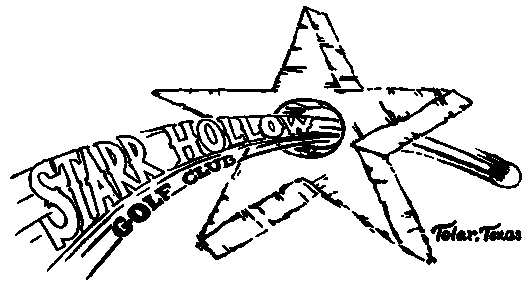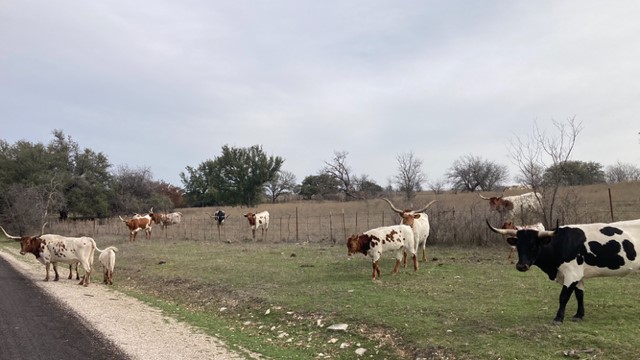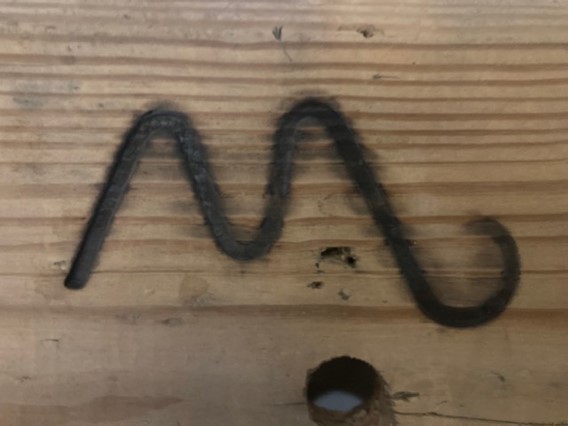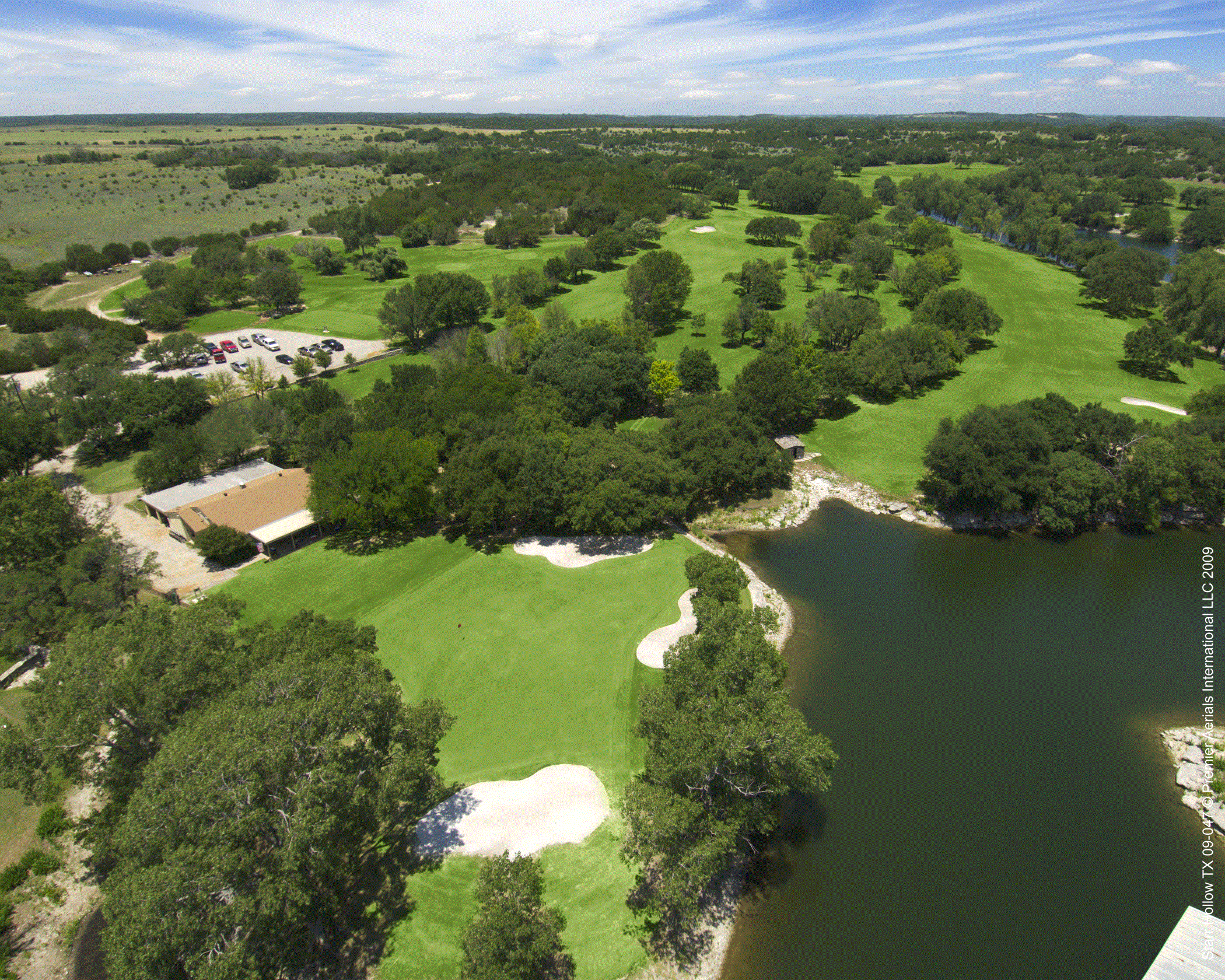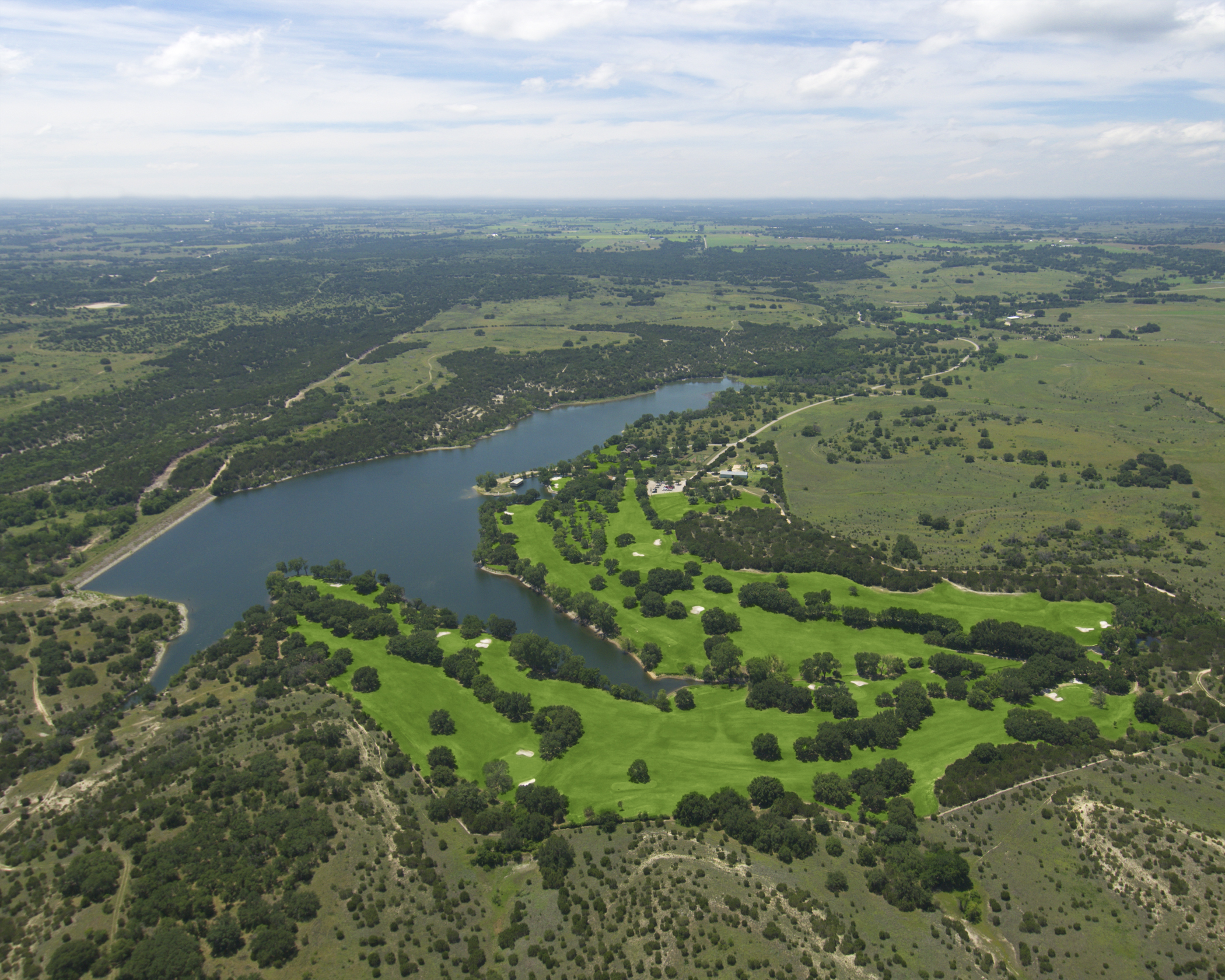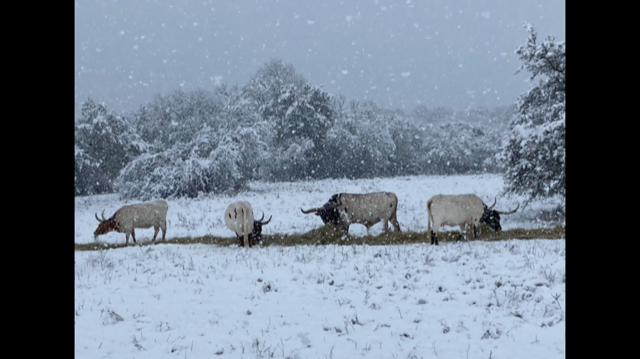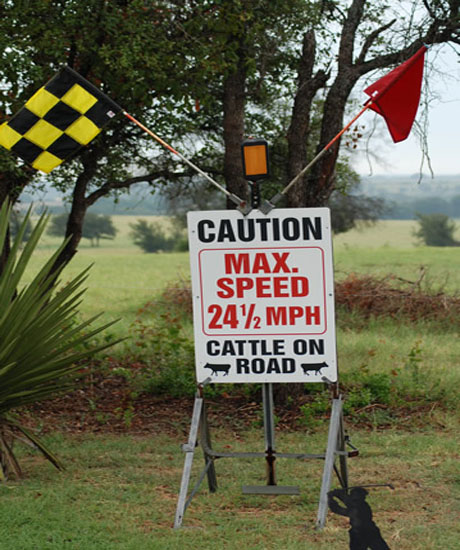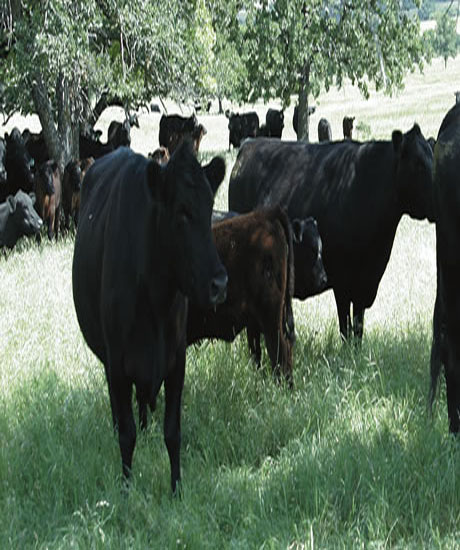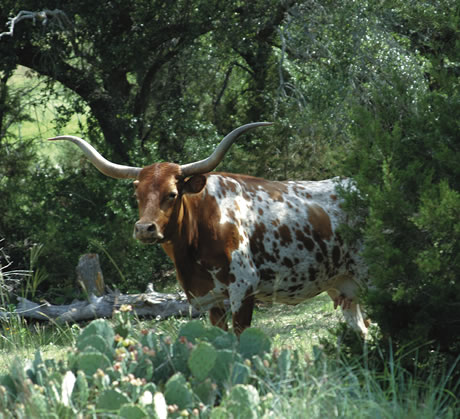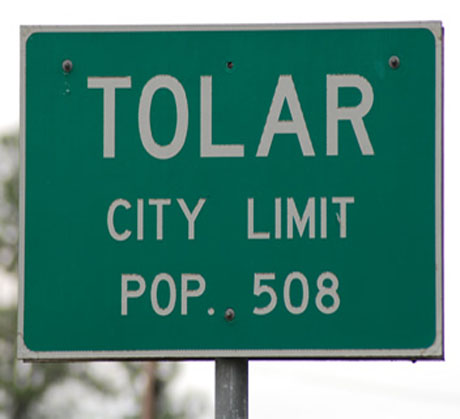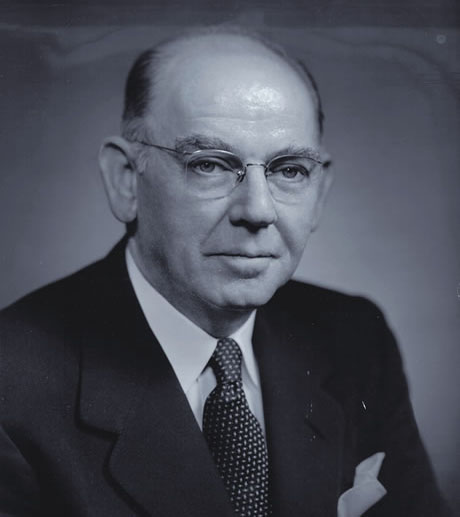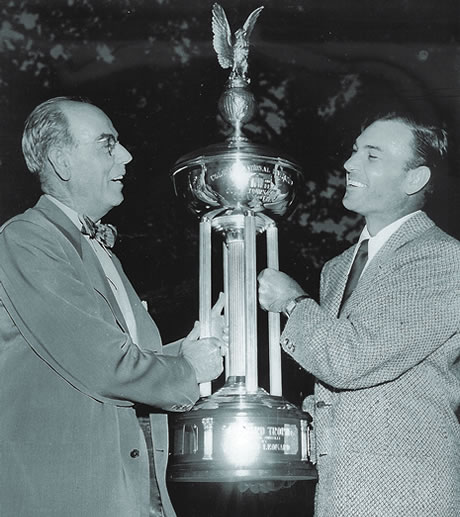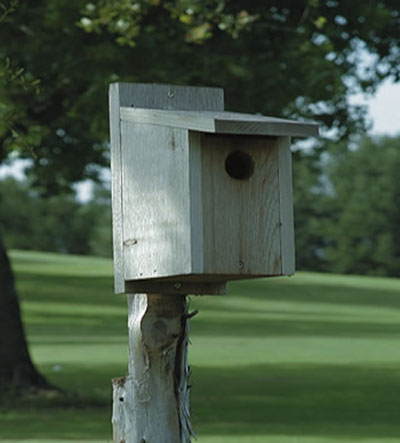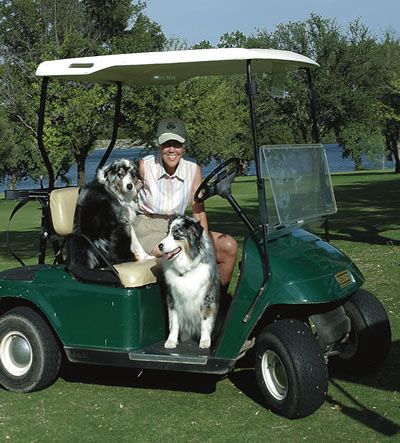The History of Starr Hollow
Marvin Leonard purchased Star Hollow Ranch in the mid 1960’s. There is the very good reason to believe that Belle Starr, the legendary “Bandit Queen of the Wild West” was hanging out at Star Hollow over 100 years before Marvin Leonard ever set foot on the place. Lots of folks think that Belle Starr had a hideout at Star Hollow and some people believe that she is buried somewhere on the ranch.
After Leonard bought Star Hollow, he began to build a deep, 90-acre lake, a private golf course, and a private, rustic clubhouse all together in the middle of the ranch. The clubhouse overlooked a large green that was planted, cut and shaped to resemble the state of Texas. The large lake would supply water for irrigating the course. When he finished building, he invited a few close friends out to play. Starr Hollow was Mr. Leonard’s private, personal golf course.
Today, Starr Hollow is one of the most exclusive private golf clubs in the United States. Membership is either by invitation or Member recommendation and is renewed annually in July. The course is kept in pristine condition each and every day, whether many people are expected to play or none at all. The fairways are manicured, the greens are freshly cut, the pins newly placed and the clubhouse staffed. Starr Hollow members simply call the place paradise.
Black Angus cattle raised on the ranch are the source of the beef used to make Starr Hollow Burgers, served fresh from the grill in the Starr Hollow Clubhouse. Starr Hollow Ranch is an authentic 4,000-acre working cattle operation. By automobile, the ranch is a one hour drive from Fort Worth. By helicopter, a trip to Starr Hollow takes about 20 minutes. Starr Hollow Ranch is west of Granbury, Texas, and north of the tiny town of Tolar.
As you enter the ranch’s main gate, you might watch for the lazy Longhorn cattle that frequently install biodegradable, “bovine speed bumps” in the middle of the winding 2 1/2 mile road that leads to the clubhouse. When driving on Starr Hollow, please be mindful that you are sharing the ranch with deer, turkey, feral hogs, bobcats, fox, rabbits, coyotes, snakes and all other kinds of wild critters that call Starr Hollow home.
At the insistence of his doctors, Marvin Leonard took up the game of golf to relax. He began playing several times a week at Glen Garden and River Crest country clubs in Fort Worth. At Glen Garden he became acquainted with a couple of the boys who worked as caddies. One of the boys was named Byron Nelson. The other kid’s name was Ben Hogan. In the years that followed, Leonard became a friend and father figure to Hogan. Leonard provided financial assistance enabling Hogan to pursue his career as a professional golfer, and later the backing necessary for Hogan’s golf equipment manufacturing company. The two men remained friends for the rest of Marvin’s life.
As a member and director of River Crest Country Club, Marvin became adamant about installing bentgrass greens on the club’s golf course. Other members of the club were not enthusiastic about the idea and finally, a club director reportedly said to Leonard one day, “Marvin, if you want bent grass greens so badly, why don’t you just go and build your own golf course.” So Marvin Leonard did just that.
Marvin Leonard purchased 140 acres of land in southwest Fort Worth and in 1936 built Colonial Country Club. Although never before in history had the USGA Open Golf Championship been held south of the Mason-Dixon Line, the 1941 National Open was hosted by Colonial. Following WWII in 1946 the Colonial National Invitational held its first annual tournament and today it is the PGA’s longest continuously held event.
In 1955, Leonard decided to build another golf course, this time on a 1200-acre parcel of land on the west side of Fort Worth. Only the city’s most successful businessmen and the social elite were invited to join. Leonard’s desire was for a very exclusive country club comprised of “a small membership roster of congenial people.” He wanted Shady Oaks to be, “the finest member’s only country club anywhere in America.” And Marvin Leonard got what he wanted.
On a summer morning in 1958, Marvin Leonard and Ben Hogan stood before a group of reporters in the Shady Oaks pro shop and Hogan declared, “Take it from me fellas, there is nothing like this anywhere else in the world.”
In 1967, Leonard contacted golf course architect Joe Finger of Kerrville, Texas. Leonard wanted to build, “a little nine-hole course” for himself on his ranch about 60 miles west of Fort Worth. Leonard wanted “an executive golf course that would be a lot of fun, not too difficult, not too easy,” Finger wrote in a manuscript.
While technically a nine-hole course, Starr Hollow has 18 teeing areas and nine greens. Each of the 9 greens at Starr Hollow has 2 pins, with a white flag for holes 1-9 and a red flag for holes 10-18. It adds up to 18 holes with names like Jack Rabbit Jump, Catfish Cove, and Duck’s Downfall. Bluebird houses are mounted on cedar posts along each fairway to indicate a distance of 125 yards from the birdhouse to the center of the green.
Today, two of Marvin Leonard’s daughters oversee Starr Hollow. Mrs. Madelon Leonard Bradshaw manages the ranching side of the business where the tall grass grows freely while Ms. Marty Leonard watches over the clubhouse and golf course. Together they work to ensure that at Starr Hollow, the grass really does grow greener on both sides of the fence.
Compliments of Scott Dally
Note: Please refer to the “Press” section for expanded history detailed in Starr Hollow & Star Hollow Mysteries & Memories of a Golf Course and a Ranch; and recent news articles.
